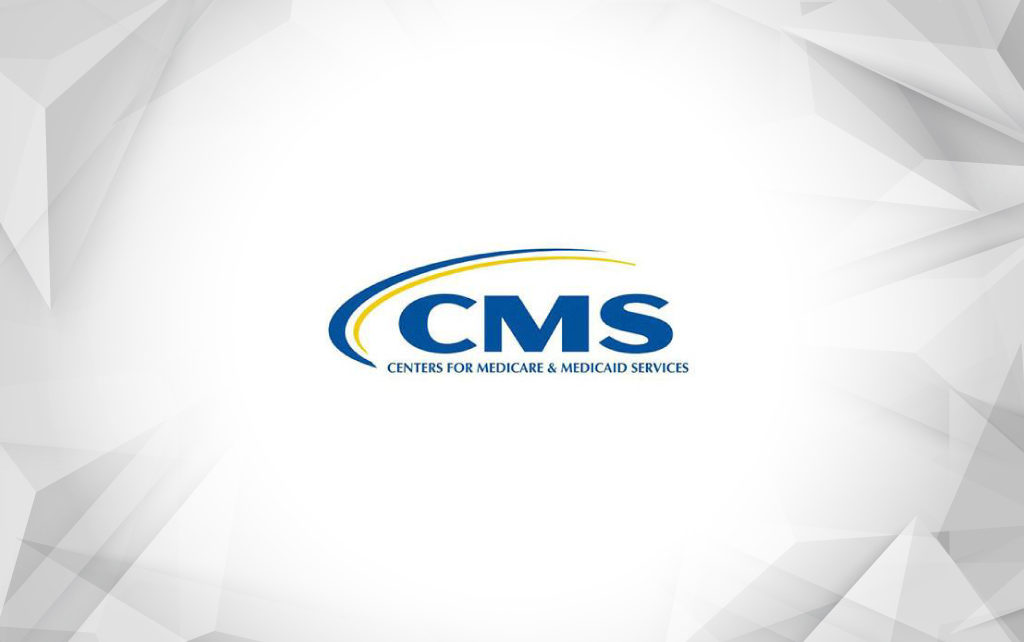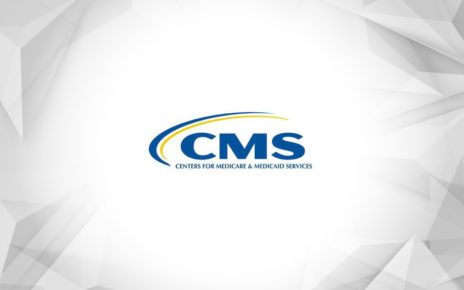On November 18, 2019, the Centers for Medicare and Medicaid Services released the proposed rule, “Medicaid Fiscal Accountability Regulation” (MFAR) which would make sweeping changes for Medicaid financing for state nursing homes and hospitals. The most significant change is to the use of provider taxes.
The article below provided by LeadingAge’s Director of Home & Community Based Services, Brendan Flinn, outlines the key impacts on members:
A full crosswalk comparing current policy to the proposal is available from LeadingAge here.
Implications for Provider Taxes
Provider taxes would not be banned outright under the proposed rule. CMS is, however, proposing to set new criteria for which revenue generated by provider taxes would or would not receive federal matching funds, and state provider taxes would face new scrutiny under the proposed regulation. Current policy requires that provider taxes be broad-based and uniform (or, in other words, be applied to providers equally), and that if states want more targeted tax structures, like a bed tax, it must receive a CMS waiver to do so.
This process would not change under the proposed rule, and states would still be able to receive these waivers from CMS, but the considerations of what would be allowed under those waivers would change. Specifically, states would be disallowed from receiving federal funds for taxes that “impose undue burden” on the Medicaid program. Such “undue burdens”, per the proposal, include:
- Taxing providers that provide less Medicaid services at lower rates than those that provide relatively more Medicaid services.
- Medicaid services, in general, being taxed more than non-Medicaid services (except when excluding Medicare/Medicaid revenue).
- Not taxing, or taxing at a lower rate, groups of providers with no Medicaid services compared to other groups (e.g., those that take Medicaid).
In addition to these cases, the proposal also says that a tax would impose an undue burden if it “excludes or imposes a lower tax rate on a taxpayer group defined based on any commonality that, considering the totality of the circumstances, CMS reasonably determines to be used as a proxy for the taxpayer group having no Medicaid activity or relatively lower Medicaid activity than any other taxpayer group.”
In other words, CMS would have significant latitude determining whether a provider tax and any provider tax exclusions or “discounts” would comply with the proposal if finalized. This could very well mean that exclusions or lower taxes for LPCs, for example, could be determined disallowable.
Further, current policy does not allow providers to be guaranteed to be held harmless under provider taxes. This means taxes can’t be levied with the understanding that any funds a provider pays will eventually circle back to them. CMS proposes new language in MFAR that would allow CMS to more closely look at arrangements between providers, states and other relevant entities – including arrangements not in writing or legally enforceable – to determine if providers have “reasonable expectation that the taxpayer will receive a return of all or any portion of the tax amount.” If CMS reaches that conclusion, provider taxes could be further jeopardized.
Finally, all provider taxes for which a state wants to receive federal matching funds would sunset every three years under the proposal. States could renew at the end of the three-year period but would need to get CMS’ approval to do so.
States would have three years to comply with the MFAR requirements once a rule is finalized.
Implications for Supplemental Payments and Upper Payment Limits
In addition to provider taxes, the MFAR proposal seeks to make revisions to Upper Payment Limit (UPL) demonstrations and supplemental payments.
For the most part, this affects state Medicaid agencies and imposes new reporting requirements, including payment amount by provider and the criteria and methodology used to calculate these payments.
The proposal also includes new requirements for how UPLs can be calculated and which data sources to use. The following approaches would be allowed under MFAR, with more detail on each in the proposal:
- Cost-based demonstrations: retrospective demonstration, prospective demonstration
- Payment-based demonstrations: retrospective payment-to-charge UPL demonstration, prospective payment-to-charge UPL demonstration, payment-based UPL demonstration
It would also limit the amount of time a state could have supplemental payment policies without federal review. If finalized, MFAR would sunset supplemental payments every three years. In order to continue payments beyond that time, CMS approval would be required.
Similar to the provider taxes, states would have three years to comply with these MFAR requirements.
Implications for Ownership Arrangements
The proposal also has the potential to put ownership transfers between private organizations and government entities under increased scrutiny.
Under current policy, UPLs are calculated by provider types (e.g., nursing homes) and ownership type. There are three categories: state government, nonstate government and private ownership. When supplemental payments are calculated, they are differentiated by these groups.
CMS asserts that private providers have been making arrangements with county and other nonstate governments to transfer ownership to the government entity while maintaining operational control of the facility. Doing so potentially allows the provider to receive a higher supplemental payment if the amount available in the nonstate government category, for instance, is higher than the private ownership category.
The proposed rule includes criteria CMS would use to determine which category a facility would fall into if there was a private-government ownership transfer, including who is responsible for the facility’s operations.
Next Steps
LeadingAge is continuing to assess the potential impact of the MFAR proposal on its members and the residents they serve. Given the central role Medicaid plays in nursing home financing, it is important to make sure that any policy change would not have an adverse effect on a Medicaid enrollee’s ability to receive the care they need, including in nursing homes.
We will work with our state partners and members to determine the implications of the proposal and provide feedback to CMS, including through comment letters. We will also develop resources for our members to educate them on the MFAR proposal and how they can participate in the rulemaking process.
Members may reach out to Brendan Flinn of the LeadingAge staff with questions and concerns related to the rule.



